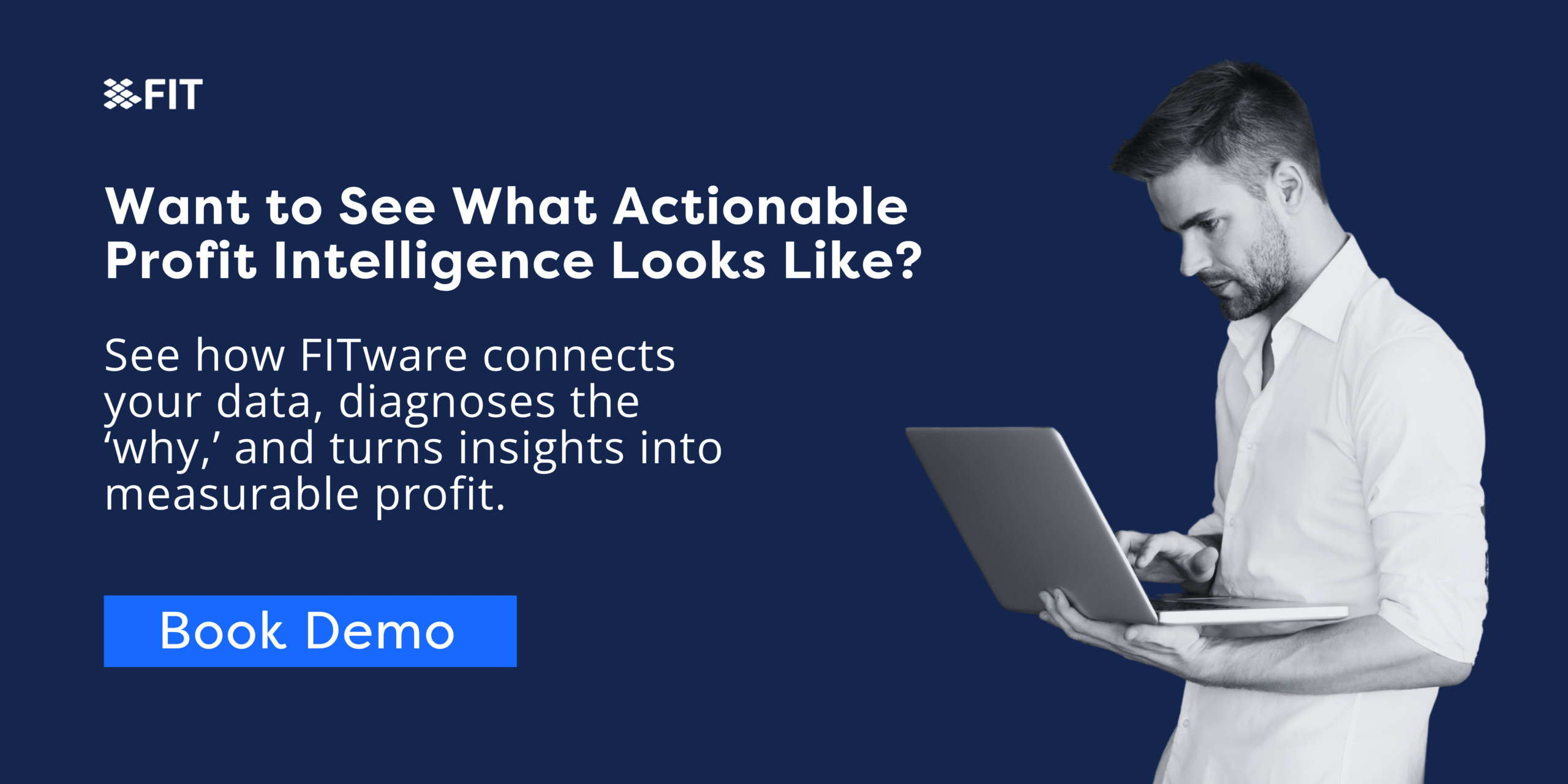For most IT businesses, a bonus program for engineers and service delivery staff is one of the most powerful levers for improving profitability, customer service, and quality, at least in theory. Nearly every MSP leader agrees on its importance. Unfortunately, many also agree that their current program falls short.
The difference between a well-designed program and one that fails isn’t motivation, it’s structure. The right bonus program doesn’t just reward effort; it reinforces the exact behaviors that lead to predictable, scalable profit.
Why Performance Programs Often Miss the Mark
Many MSPs reward performance through general profit sharing or ad hoc recognition, but these approaches rarely connect directly to day-to-day behavior. Engineers and service staff need clear, measurable goals that tie their actions to business outcomes. Without that connection, good intentions rarely translate into consistent execution.
The best bonus programs are rooted in behavioral alignment, understanding that you can’t fight human nature, only channel it. Incentives must reinforce the right actions while balancing productivity, quality, and collaboration. When done right, bonus programs don’t just increase output, they elevate culture.
Core Metrics That Drive Results
A high-impact bonus program blends productivity goals with quality and accountability metrics. These create balanced incentives that encourage engineers to perform efficiently without sacrificing teamwork or client experience.
Productivity
At its core, this metric measures how effectively engineers convert time into value. In a fixed-fee world, “productive” hours are those that directly support agreements, projects, and proactive initiatives.
Defining realistic targets requires adjusting for PTO, internal duties, and role type (on-site vs. remote). The result is a consistent weekly productivity target that aligns with profitability goals and workload balance.
Timely Documentation
Documentation discipline has a direct impact on profitability. Real-time ticket documentation ensures accurate time capture, smooth handoffs, and faster responses to client inquiries. It also strengthens internal visibility, enabling data-driven staffing, scheduling, and quality management.
When engineers document late or inconsistently, operational friction increases and billable value disappears. Including documentation compliance in a bonus plan reinforces accountability while freeing managers from constant reminders.
Customer Service (CX)
Rewarding positive customer feedback helps connect individual performance to client satisfaction and retention. Whether using post-ticket surveys, quarterly NPS, or both, this metric ensures that engineers remain client-focused even as they work efficiently.
The most effective systems tie CX data to specific engineers or teams, creating a clear link between service quality and recognition.
Managed Endpoint Integrity
Proactive endpoint management is often overlooked in bonus programs, yet it’s critical to preventing downtime and protecting profitability. Tracking metrics such as RMM compliance, backup success, patching reliability, and endpoint protection status helps identify engineers who maintain stable environments.
When these metrics are visible and tied to rewards, technicians are naturally motivated to resolve anomalies early — before they become client-impacting issues.
Timing and Frequency
Timing determines how meaningful an incentive feels. Too short a cycle and rewards lose significance; too long and engagement fades.
Quarterly payouts strike the right balance for most MSPs. A three-month period provides enough time for individual behaviors to influence measurable results while keeping the reward close enough to maintain motivation.
The Most Critical Factor: Real-Time Visibility
The most overlooked aspect of any bonus system is transparency. Engineers must be able to see their performance in real time — how they’re tracking against goals, what they’ve earned, and what’s still on the table.
Without real-time visibility, bonuses become abstract, delayed, or arbitrary. But when performance data is accessible and live, motivation becomes continuous. Every action, every ticket, every documented hour reinforces the direct link between behavior and reward.
This immediate feedback loop is what transforms a bonus program from a quarterly windfall into a daily driver of performance and accountability.
Turning Insight Into Execution
Designing a balanced bonus program is one challenge. Operationalizing it — with reliable data, automated metrics, and transparent reporting — is another.
That’s where FITware comes in.
FITware captures the data you already have across your PSA, RMM, and financial systems, turning it into actionable profitability intelligence. It enables MSPs to:
-
Track productivity, documentation, and CX metrics in real time.
-
Visualize performance by individual, team, or role.
-
Automate reporting and bonus calculations to eliminate manual effort.
-
Align incentives directly with financial outcomes.
With FITware, you can build a bonus program that drives the right behaviors — not just more activity — and connect performance directly to profit.
When incentives, data, and visibility align, your culture shifts from reactive to results-driven, and your profitability follows.





